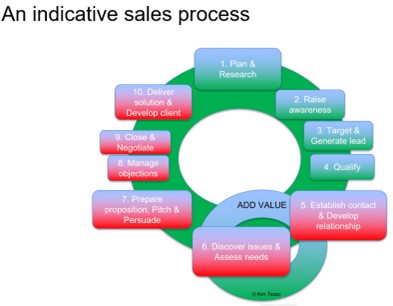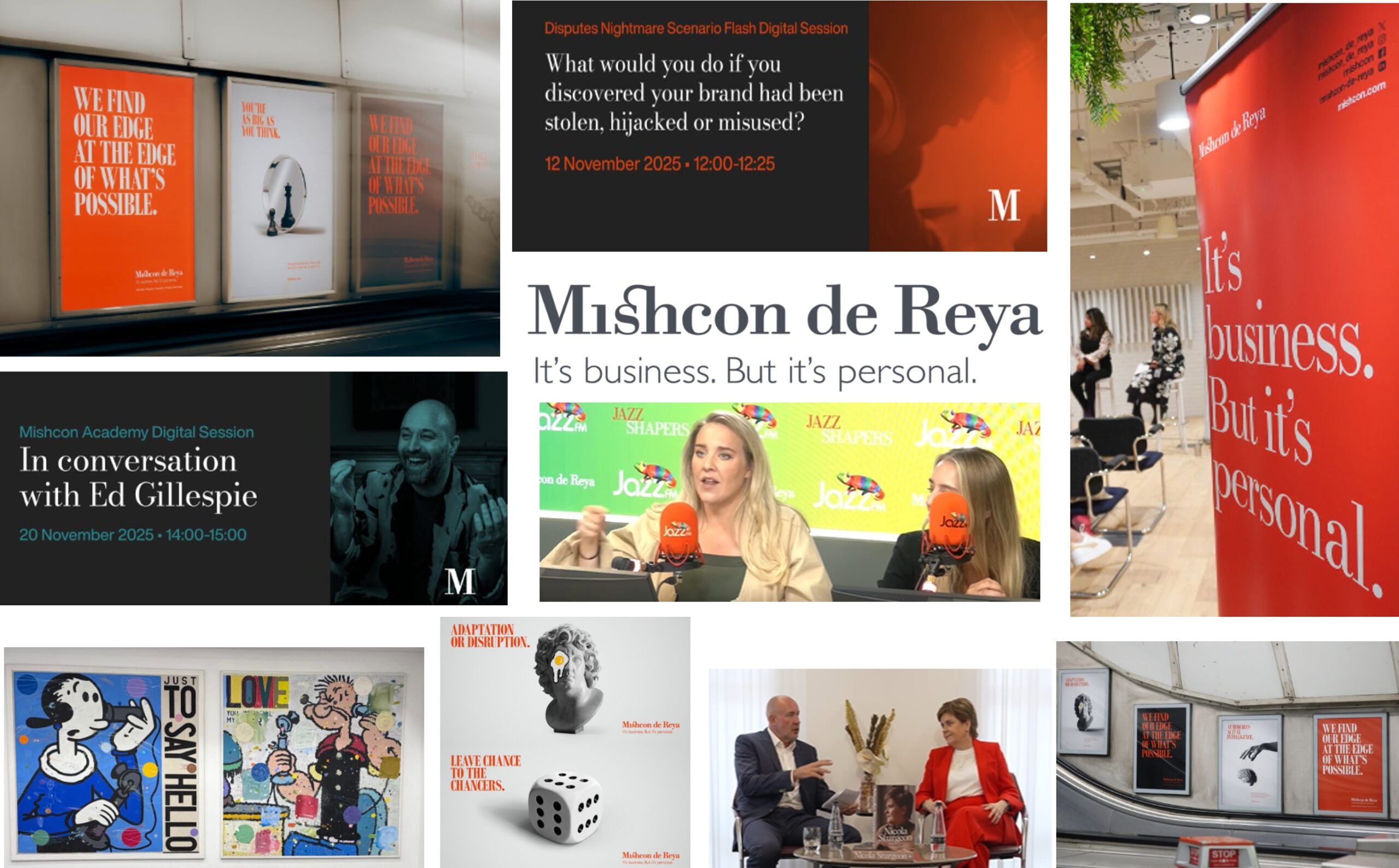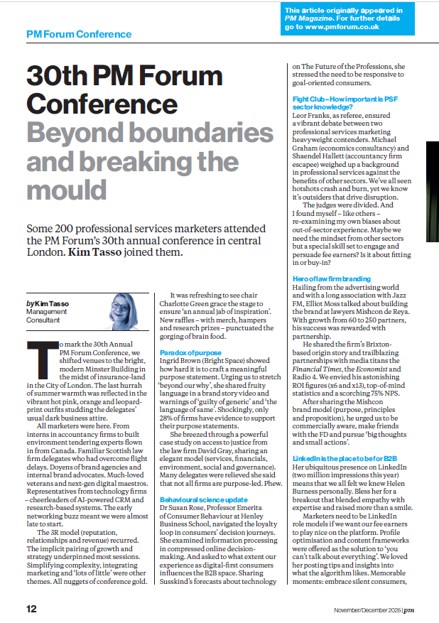Last week I presented a session on marketing family law practices at CLT’s annual conference on “Management challenges facing family law practitioners”. At the session I promised the delegates two things – first, a simple introduction to Twitter (please see the earlier blog posts) and second, a commentary on some of the issues raised in my presentation.
The need for analysis and a strategic plan
Earlier in the day, the marvellous Robert Mowbray of MacIntyre Hudson had pressed home the message about the need for a plan – so I didn’t spend long on the need for a strategic approach to marketing. However, delegates found the outline marketing plan and the simple process as follows helpful:
Where are we now? I stressed the need for a detailed review of information from within your own firm and team. This audit might include information about past work, past sources and referrers of work, the profitability and desirability of the work, the nature of the clients and the range of skills and services provided by your people. And should, of course, extend to factors beyond your firm – developments in the legal environment, amongst new and emerging competitors, with the march of technological development and sociological changes. This is your baseline and also your source of ideas about opportunities and threats.
Where do we want to be? With a good audit you should have sufficient information to be able to set SMART objectives so that the partners’ expectations of what they want to achieve are managed and so it is easier to select those marketing programmes which will deliver those results most effectively. You need objectives to measure your progress and return on investment in marketing programmes.
How will we get there? There are some headline strategic decisions to make – will you generate the work yourself or rely on a third party or a strategic alliance – or even outsource lead generation entirely? Will you attempt to market to consumers (a B2C approach) or through other intermediaries in the market (a B2B approach)? Are you targeting a special slice or segment of the market and positioning yourself appropriately? And what are the main elements of each part of the marketing mix – the marketplace, the product or service being promoted, the pricing and payment as well as the promotional strategy. At the conference we talked about how you might go about identifying your (unique) competitive advantage.
Traditional methods of marketing
Then I spent some time looking at traditional models of marketing – that continue to serve some firms (even very large ones) extremely well. I categorise the different methods as follows:
Reputation – Links with professional bodies, directory listings, media relations profile etc. We looked at some examples here – notably the recent research by Mishcon de Raya into continuing contact with fathers post divorce to celebrate the 20th anniversary of the Children’s Act
Real information and value – Good content on web sites and in newsletters, thought leadership research, seminars and briefings that go beyond the narrow confines of the legal issues
Relationships – Whether this is internally focused cross-selling strategies, a focus on existing clients and referrers, embedding within the local or specialist communities or lavish entertaining and hospitality approaches.
Changing families and changing needs
I presented an array of statistics and trends to show how dynamic the family market has become. For example:
Statistics
* 270,000 weddings in the UK in 2007 (-2.7%)
* 88,000 remarriages
* 144,000 divorces (-2.6%)
* 18,000 civil partnerships
* Population growth – 791,000 births
* 24% births to mothers born outside UK
* 46% children born out of wedlock
* 12% households with lone parent
* 210,000 lone fathers raising kids in the UK
* 1+ in 10 children in a stepfamily
* Secularisation – 31% attend religious services
Trends
* Better education and later marriage
* Connected anonymity and social disconnection”
* Religious demands (e.g. polygamy, Sharia law)
* Cohabitation
* Female financial independence/Lone parenting
* Obesity and early mortality
* Negative equity
* Grandparents rights to contact
* Divorce parties/cakes
* Father gets residence as mother denies contact
I also looked at the host of other professionals who are edging into the divorce market who may try to challenge the trusted adviser relationship of lawyers:
McKenzie friends for litigants in person
www.mckenziefriend.net
Divorce avoidance training
www.divorcebusting.com (USA)
Divorce coaches and break up angels
www.thedivorcecoach.co.uk
Conflict resolution/managers
www.soniabrillconsulting.com (USA)
Psychologists
www.familytherapy.org.uk
www.parental-alienation.info
Accountants
www.divorcedirection.com (USA)
Certified Divorce Financial Analyst (IDFA)
NHS/Doctors
Commoditisation, innovation and new services
This topic I covered at another recent legal conference and the blog post can be found in October so I won’t repeat it here.
Impact of digital marketing and social media
I started with Susskind’s quote from “The end of lawyers?” – ‘Yesterday’s chargeable information services, formerly packaged as advice, are today’s online marketing materials’ and did a quick review of the growth of selected social networks.
Myspace average age 26, 107m users globally
Twitter, average age 31, 6m users UK, 58m globally
Facebook, average age 33, 22m users UK, 411m globally
LinkedIn, average age 39, 2m UK users, 45m globally (of which 1m are lawyers!)
I spent some time looking at the free and paid methods of driving traffic to your web site, getting reviews (both Google.com/local and yelp.co.uk) and the importance of good content, blogs, on-line services and real time conversations. Strategies for Facebook, LinkedIn (including discussions and polls) and wikis as well as Twitter were discussed (see the blog posts below for more detail).
Other approaches
Towards the end I described some other marketing approaches in use by family lawyers including:
Starting Over Show (London/Brighton 7 March 2010) – Free surgeries – Bennett Griffin/Mayo Wynne Baxter
Youtube – KentTV.Com Philip Dimond/Guillards “How to get a divorce”
www.myvouchers.co.uk – 20% off divorce products www.divorce-online.co.uk
Podcasts – Rebecca Probert – Podcasts.sweetandmaxwell.co.uk
Contributed/syndicated articles – www.trcb.com Barrister Bard www.davidosborne.com
Affiliate partnership – Flint Bishop – organisations with 5,000 employees, branded web site for company
Referral fee or discount
And finally had a look at some of the legal and divorce apps (applications) becoming available on smartphones such as iPhones.
Let me know if you would like a copy of the slides from the presentation (kim@kimtasso.com)








